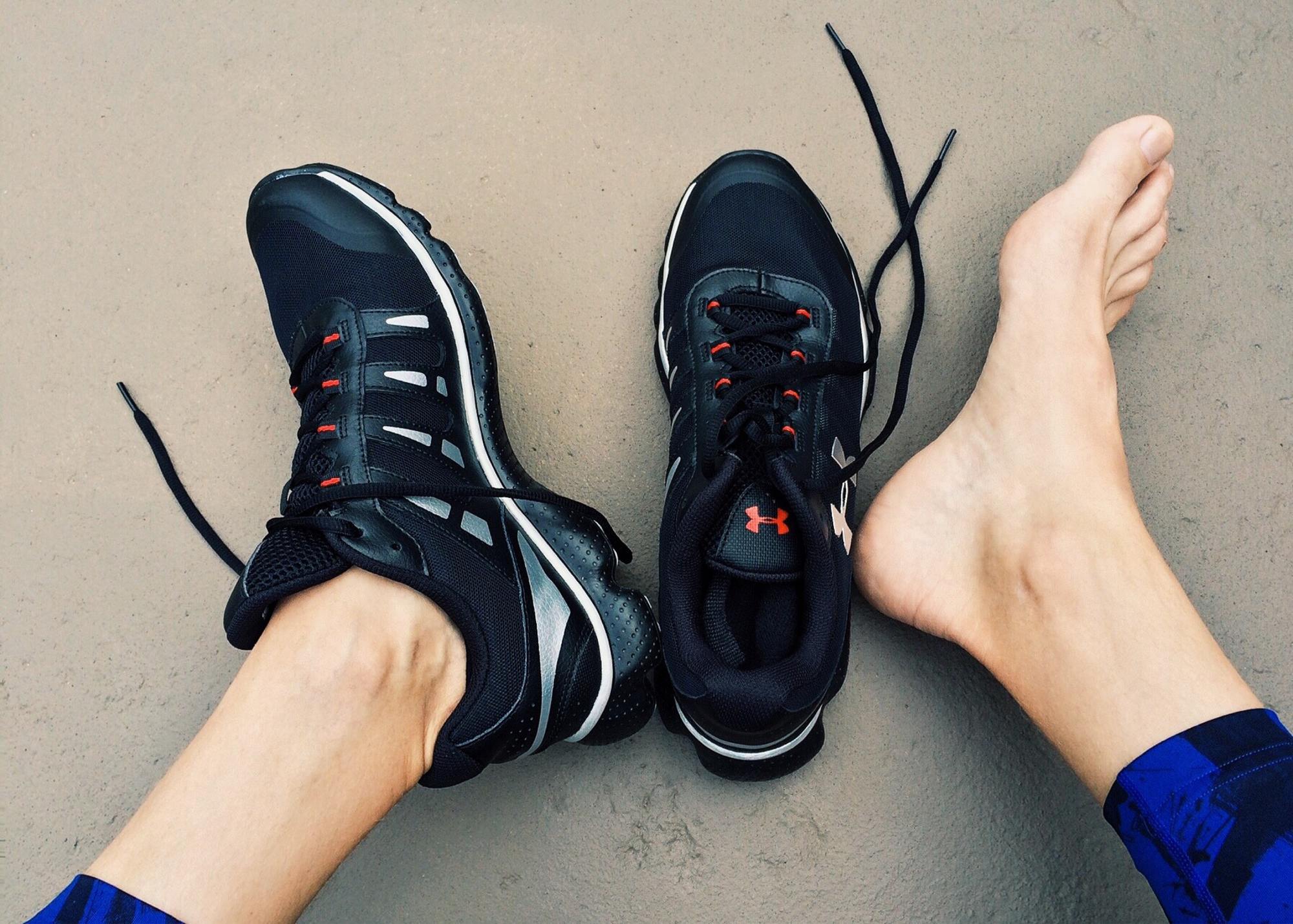5 Things to Know About Athlete’s Foot
Foot health specialists provide proper diagnosis and treatments to help patients recover quickly. Such doctors also advise athlete’s foot patients on the best home remedies to consider.
Perhaps you’ve heard many people talk about the disease but don’t know anything about it. Understanding the athlete’s foot will help you seek treatment before it worsens.
Here is an overview of what you should know about an athlete’s foot infection.
1. Types of Athlete’s Foot
There are different types of athlete’s foot diseases people suffer from. Various types of athlete’s foot require different treatment approaches. Here are the related diseases you should be aware.
Toe Web Infection
Many foot health experts refer to the disease as an interdigital infection. You will find toe web infection in between your toes. Failing to get immediate treatment gives room for bacteria, worsening the condition.
Toe web infection comes with several symptoms. One of them is a burning sensation on the affected toes. The disease also makes the skin red and scaly. In severe cases, there will be foul discharge or green skin.
Moccasin Infection
Moccasin infection affects the foot’s sole. The rash gradually spreads up the side of the foot. Itching, dryness on the sole, and sores on the feet are common symptoms of moccasin infection.
Early treatment will prevent the disease from advancing to your toenails, which could cause them to decay and even fall out. Medication counteracts this infection, preventing that disease and decay.
Vesicular Infection
Vesicular infections start as blisters on the feet. The blisters then burst, resulting in bacterial infection. Be wary of small and red blisters on your foot. Common symptoms of the condition include pain and itches.
Ulcerative Infection
As the word suggests, this infection causes feet to develop ulcers. The ulcers/sores attract bacteria, inflaming the skin around the feet. Pain, discharge, and skin discoloration often occur with ulcerative infection.
2. Causes of Athlete’s Foot
Several things increase the risks of getting an athlete’s foot infection. The first cause is walking barefoot in public places, toilets, and other places with germs and bacteria. Direct contact with an athlete’s foot patient also causes the infection, as well as sharing towels. Other causes are sweaty feet, wearing wet shoes for a long time, and having injuries on the skin of your feet.
3. Treatments for Athlete’s Foot
Over-the-counter (OTC) antifungal infections are the best treatments for athlete’s foot diseases. Examples of OTC medications include miconazole, butenafine, terbinafine, and tolnaftate.
Foot doctors also recommend topical steroids, which have anti-inflammatory properties. Oral antibiotics for ulcerative infections are commonly prescribed as treatment as well. The medications kill the bacteria between the toes and on the foot’s sore.
The earlier you visit a professional doctor, the sooner you can start effective treatment and the easier the infection gets cured!
4. Prevention
Taking measures to prevent athlete’s foot in the first place will save you the treatment costs and protect you from other possible side effects.
The first remedy is keeping your feet clean and dry always. Don’t forget to clean in between the toes when washing your feet. Your footwear, bedding, and towel should also be clean and dry.
Also, don’t walk with bare feet in public places. Avoid sharing your footwear and wearing tight or closed shoes for a long time. Wearing breathable shoes and socks is also a good remedy to prevent an athlete’s foot.
5. Myths of Athlete’s Foot
The first myth is that the infection only affects athletes. While athletes are highly prone to the disease, anyone can get infected.
Another common myth is that taking a bath regularly prevents athlete’s foot infections. In fact, an athlete’s foot has little to do with cleanliness of the foot itself; it has more to do with the surfaces and materials the foot is exposed to. Showering often does not prevent the disease, especially if the bathroom has bacteria. You should always clean your bathroom and avoid stepping into dirty bathrooms with bare feet. You must keep your feet and footwear clean and dry always.
Another common myth is that an athlete’s foot can clear on its own. The infection will persist, cause inflammations, and subject you to severe pain if you fail to get treatment.
Visit a Foot Doctor
If you have athlete’s foot, make an appointment with a foot doctor as soon as possible. The health specialists will give you quality medications and treatments. Choose an experienced and reputable doctor for your treatment.
At Horizon Foot and Ankle Institute, we’re competent in treating all foot, ankle, and lower leg diseases. We treat arthritis, skin conditions, ingrown nails, bunions, toenail fungus, and other related deformities. Contact us today for help.

